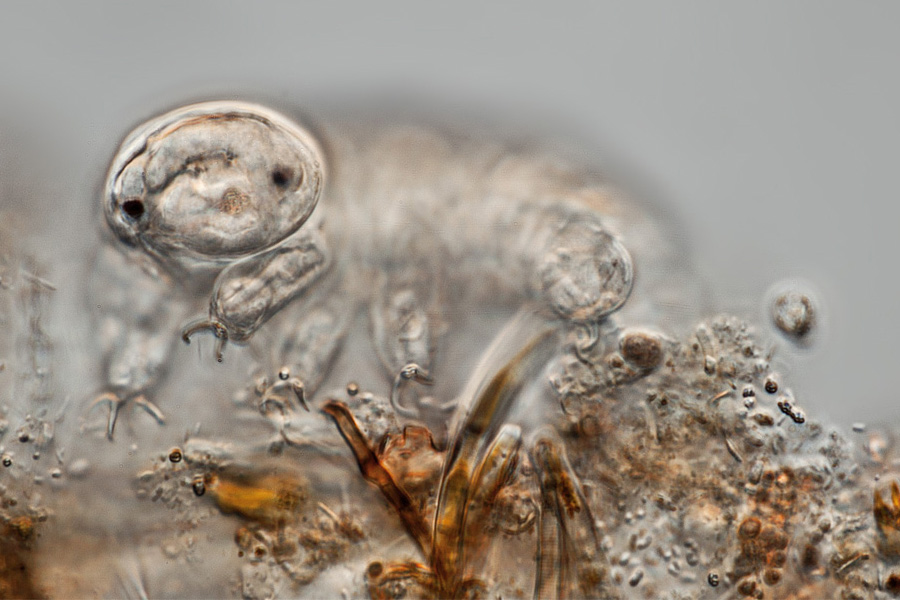
Extremophiles are the toughest organisms on the planet, able to thrive in extremes of hot, cold, acid, alkaline, pressure and even deep underground inside rocks. The champion is the deceptively cute tardigrade or waterbear, which can even survive the vacuum of space (if you missed it, go listen to Mal Webb's Waterbear song).
Possibly even more extreme are supermassive black holes, which are expected to distort space itself when they meet in colliding galaxies. Except that a recent experiment to detect the gravitational waves given off by these binary pairs failed to find any—astrophysicist Ryan Shannon tells us what that means for our understanding of the universe.
And Brant Gibson from the Centre for Nanoscale Biophotonics explains what those words mean and how they'll help shape the future of personalised medicine. He'll also be talking about this research in Melbourne Knowledge Week on 20 October 2015, at a breakfast event called Up Close and Revealed: Life at the Nanoscale.
Chris Lassig, Stuart Burns and Claire Farrugia and others.